What does ramie look like and how to grow a plant?
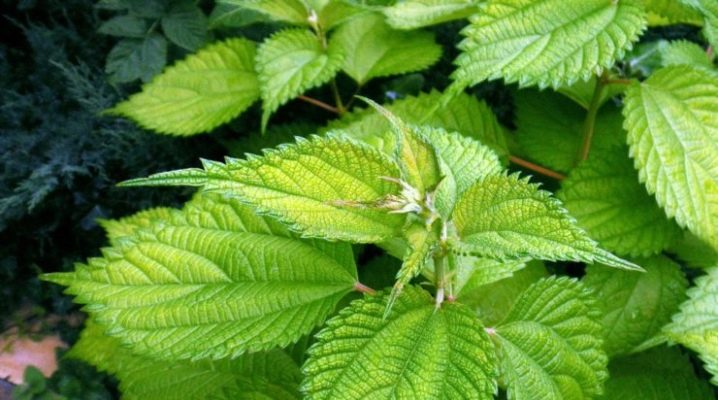
Anyone living in a private house wants the surrounding area to look beautiful and well-groomed. For this, various ornamental plants and flowers are used. One of these is ramie. This culture will be discussed in this article.
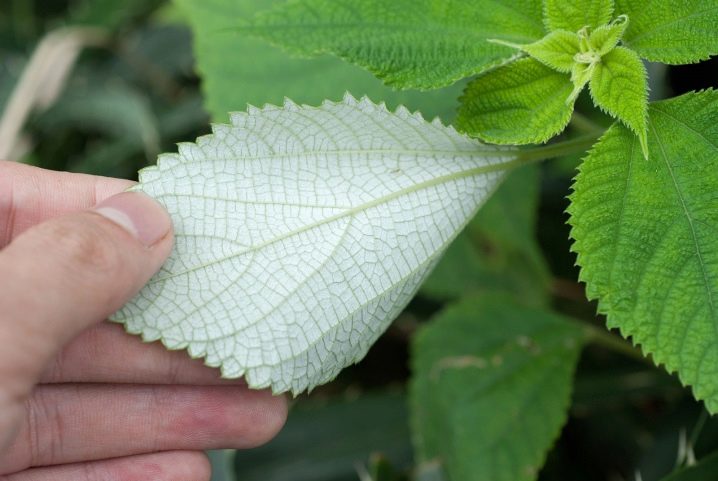
general description
Bemeria is an unusual houseplant often called Chinese nettle or ramie, native to the tropics and subtropics of Asia and South America. Unlike ordinary nettle, bemeria leaves do not "burn", and the total leaf surface is 2 times larger. The culture has been cultivated for about five millennia and is used in fabric production. The fibers from this plant have been used since ancient times. They were found in Scythian burials of the 3rd century BC.
The ramie canvas has high strength and does not rot, therefore ropes and canvas are made of it. Bemeria is also used in papermaking. Another useful quality of the plant is its antibacterial properties. Bemeria suppresses the multiplication of various pathogenic microorganisms and fungi.
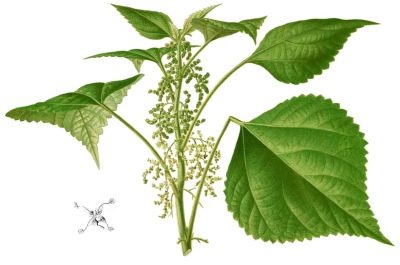
Rami is often used in landscape and room design, hall gardening, and even flower arrangements.
Rami, depending on the species, is a perennial herb, shrub, tree and even a liana. The culture has a spectacular appearance. Bemeria stems are erect, drooping or horizontal, pubescent. They are hollow on the inside, but the presence of a brown bark gives the impression of a solid woody material.
The leaves of the Chinese nettle are wide, dark gray, with a bluish tint. They are located crosswise, opposite each other. The shape of the leaves is different for different varieties of the plant, but they always have a serrated edge and villi.
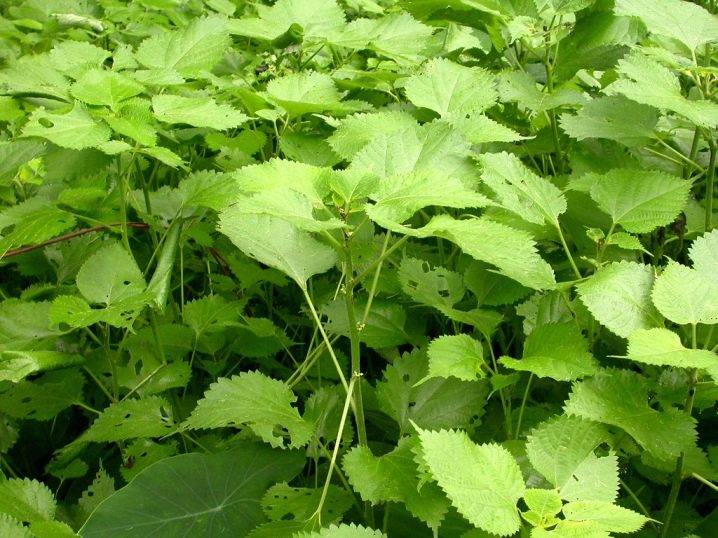
Bemeria blooms with small light green flowers, united in small inflorescences in the form of branched panicles up to 25 cm in diameter. The plant is fast-growing and can grow up to 2 m in height. In addition, bemeria has a scent characteristic of the nettle family.
Types and varieties
The genus has about 100 species. The most popular among them are listed below.
- Bemeria large-leaved - a shrub or tree, in height - 4-5 m. The young stem is green in color, but turns brown with age. The leaves are large, oval, dark green, rough. They have several veins, and the central one is red. The inflorescences are in the form of spikelets, with pale small flowers.
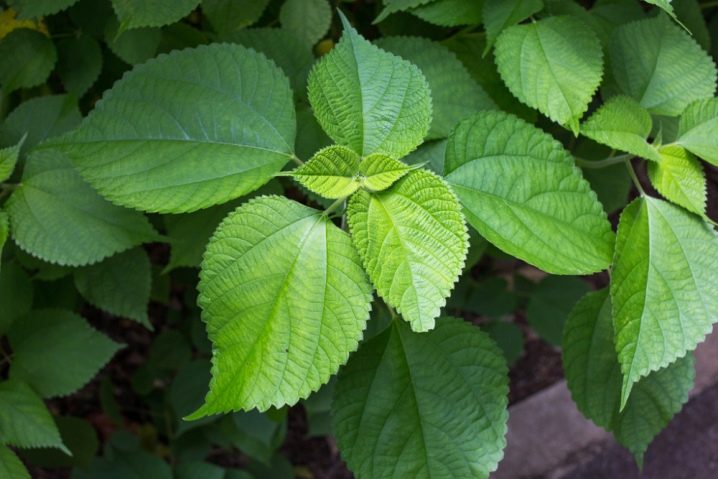
- Bemeria snow-white similar to large-leaved, but has many straight shoots, pubescent on the surface. Her leaves are a bit like a heart. The front surface of the leaf is dark green and covered with light villi. Seamy side with dense silvery pubescence. The flowers are light, green in color, collected in racemose inflorescences. The fruits are small and oblong.
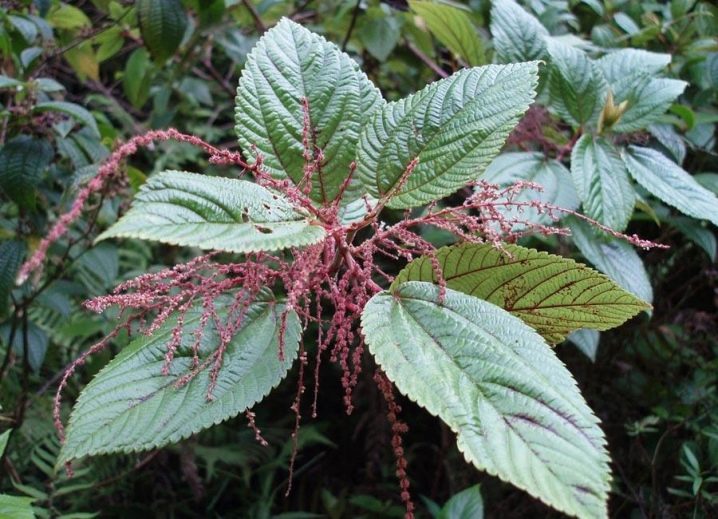
- Bemeria silvery Is a tree or bush with white flowers growing in the axils of the leaves. The plant has oval leaves covered with a silvery bloom.
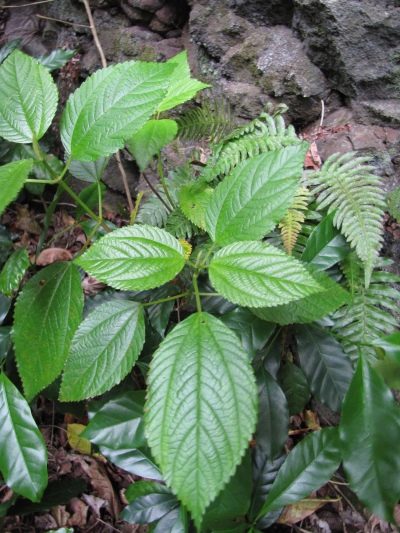
- Bemeria cylindrical - herbaceous plant. This indoor nettle can grow up to 1 m in height. Its leaves are oval, with characteristic sharp tips.
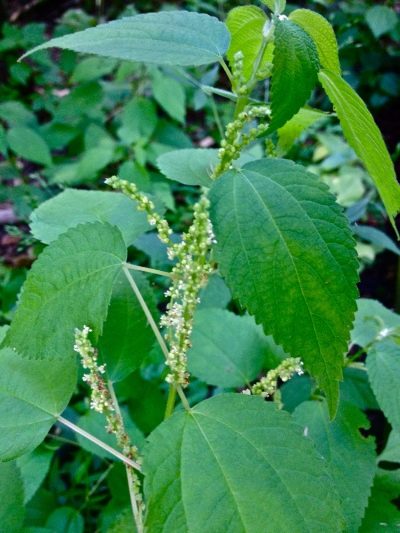
- Bemeria biloba - This is a perennial shrub, reaching 1-2 m in height. Its stems are brownish-green in color. The leaves are large, oval, with teeth at the edges. They have a rough surface.
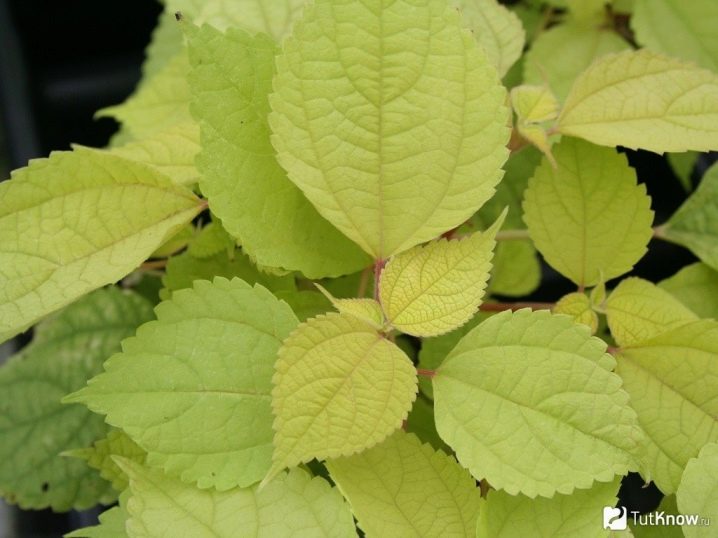
Landing
For planting ramies in the open air, flat, unheated areas of land and gentle slopes that are not subject to erosion are selected. The plant needs a sandy, fairly warm, well-drained soil. Bemeria quickly depletes the soil, so it needs regular fertilization.
At home, ramie is suitable for ordinary soil for indoor plants. If you wish, you can independently make up a substrate from 1 part of sod land, 2 parts of leaf humus, 1 part of peat and 1 part of sand. The acidity of the soil should be with a pH of 5.5-6.5.
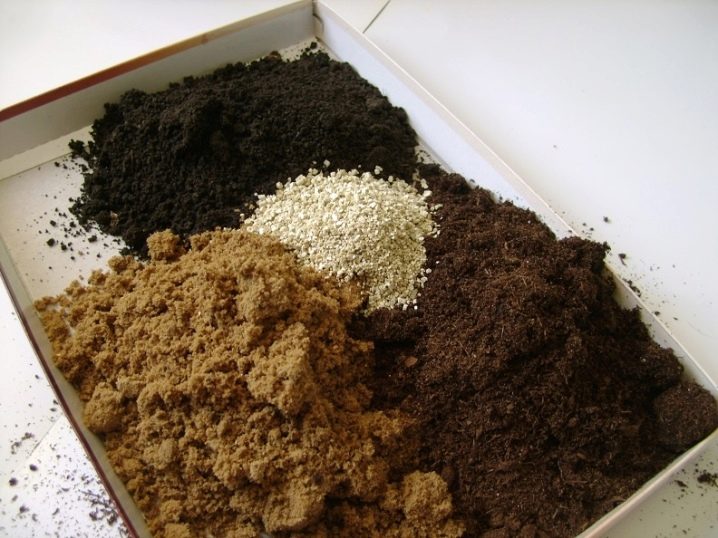
When choosing a pot, you should opt for natural materials: clay and ceramics. Such containers are moisture-proof, there will be no stagnant water in them.... In addition, they are airtight, so it is imperative to organize a drainage layer using expanded clay or clay fragments.
Freshly rooted sprouts are planted in separate pots no more than 9 cm in diameter. The divided ramie bush is planted to the depth at which the mother bush was. Bemeria prefers open space and grows worse in a pot than in a garden.
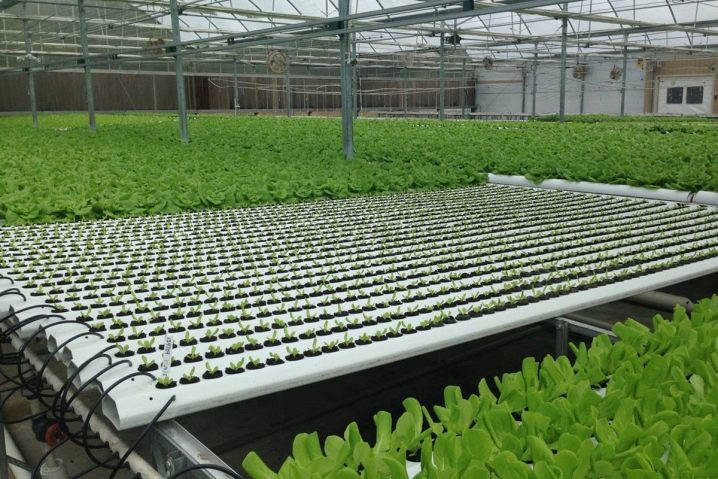
A greenhouse or open ground is a more favorable option for ramie flowering and development.
Care
Chinese nettle is not very whimsical. Most of the rules are similar to those that apply to the cultivation of many subtropical plants. She does not need a rest period, and caring for her differs little depending on the season.
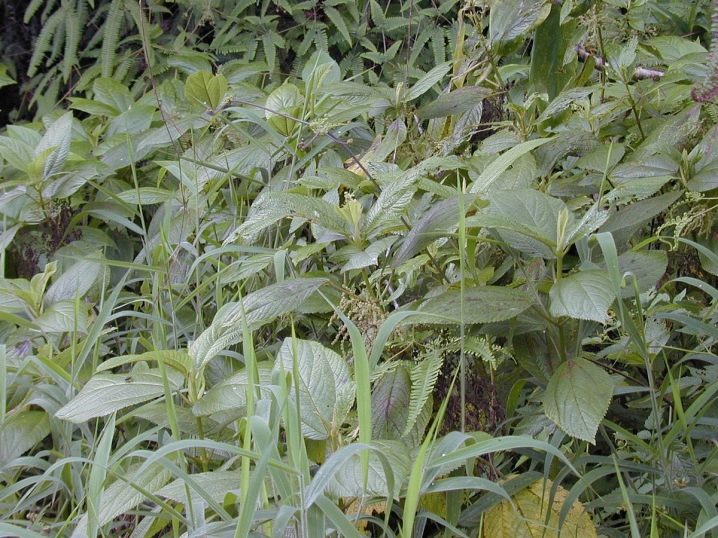
Conditions
The best location for ramie in a room is an east or west window... She is photophilous and grows well in sufficient light, but light shading will not harm her. Direct sunlight can cause leaf burns. Therefore, in the summer, the plant is shaded.
The temperature regime in winter should not be lower than 16-18 degrees, and in summer 20-25 degrees are optimal for the plant. Bemeria prefers high humidity, periodically it needs to be sprayed with settled water at room temperature.

Watering
In the summer, the ramie is watered regularly and abundantly. The soil in the pot should not completely dry out, but it is also better to avoid waterlogging. This requires good drainage. In winter, watering is reduced to moderate and the bemeria is moistened only when the top layer of the soil dries out.
With a lack of water, bemeria may have holes in the leaves. When watering is too abundant, the tips of the leaves may darken.
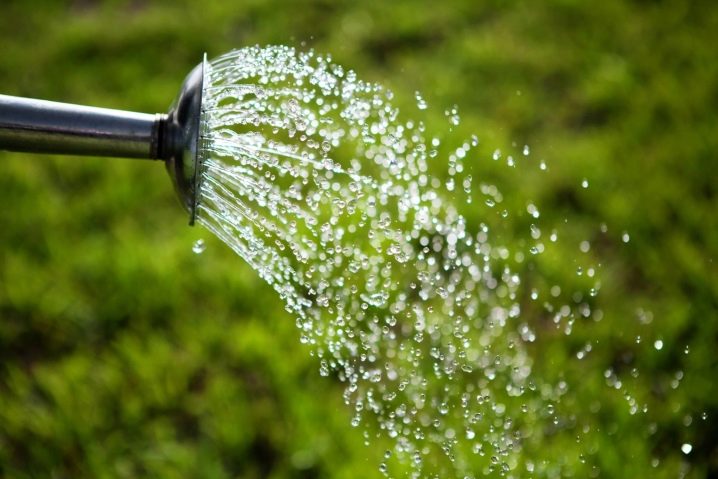
Top dressing
Fertilizers are used during the growth period, in the spring-summer season. Bemeria is fed once every 10-14 days, using alternately organic and mineral supplements. Chinese stinging nettle grows well when fertilized with a high nitrogen content.
When self-feeding, you can use mullein infusion, which must be mixed with water in a 1: 2 ratio, and then insisted until fermentation is achieved. When applied, the solution must be diluted again with water 1: 5. You can also make fertilizer from the infusion of nettle: pour 100 grams of leaves into 1 liter of warm water and leave for 24 hours. For use, the resulting solution is diluted in a ratio of 1:10.
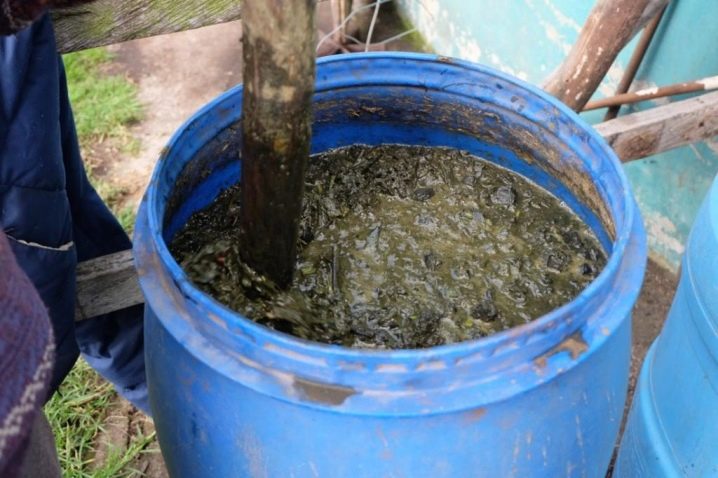
Transfer
In the first 3-4 years, bemeria is transplanted annually, then once every 2 years. This procedure is carried out in the spring and only when necessary, for example, when the roots completely entwine the ground. The root system of Chinese nettle is very fragile, so the transplant is carried out by moving the entire earthen coma into a new pot.
Besides, the pruning procedure is very important. Pinching the shoots makes the bush more branched. In spring, the branches are pruned to 1/3 of their height, which helps the plant to rejuvenate and maintain active growth.
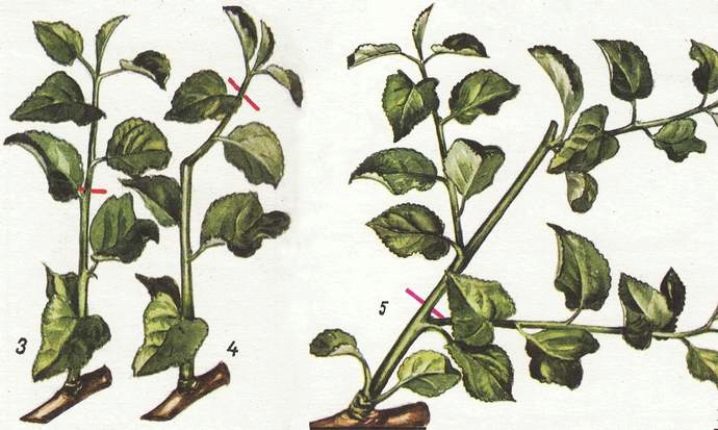
Reproduction methods
Bemeria can be propagated using seeds, apical cuttings, or by splitting an adult bush. The procedure is carried out in early spring.
The division of the mother bush is usually done during the transplantation period.This method allows you to quickly get several small bushes of Chinese nettle at once.
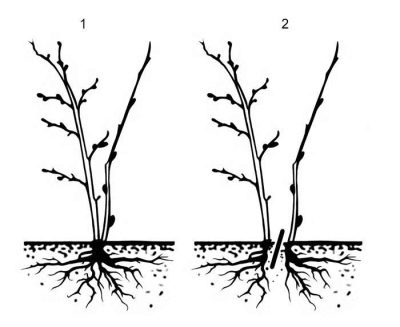
Reproduction by cuttings is carried out during the active growing season. The planting material is prepared when the plant is pruned. The cuttings should be about 10 cm long. Then they are placed in a mixture of sand and peat for rooting. In this case, the ambient temperature should be at the level of 20-22 degrees. Cuttings that have been able to take root are planted in prepared containers or open ground. It is better to shade young bemerias in the first 2 weeks to prevent foliage burns.
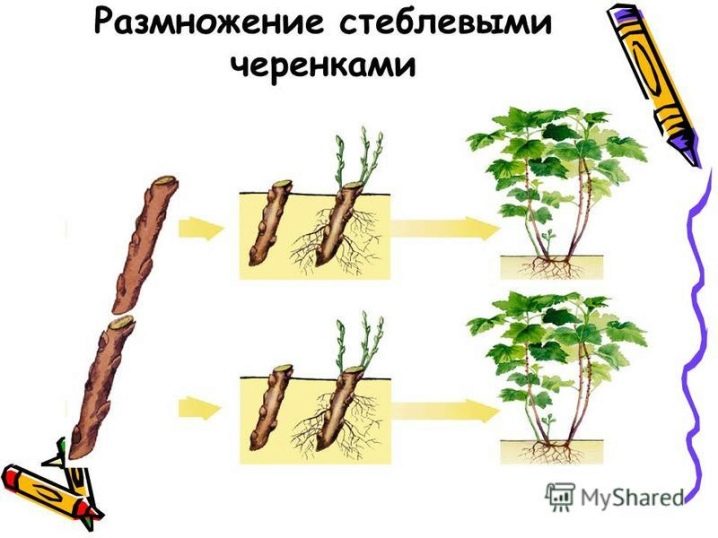
Watering has the same regime as in adult plants. The ramie takes root in about 3-4 weeks.
Diseases and pests
Bemeria is quite resistant, but is sometimes susceptible to attacks by aphids and spider mites.
When infected aphids ramie leaves are covered with a sticky bloom and begin to dry. Sticky drops may also appear. At the same time, buds and young leaves begin to wither. Colonies of harmful insects are visible on the tops of branches, buds and the seamy side of leaves. The flowers of Chinese nettle sometimes become deformed when the plant is affected by aphids. For processing bemeria can be used infusions of nettle, tobacco, onion, tansy, decoctions of rhubarb leaves and wormwood. A soap solution and a dusting of wood ash are also used. Sulfur powder, green potassium soap, and systemic insecticides are used as chemical compositions.
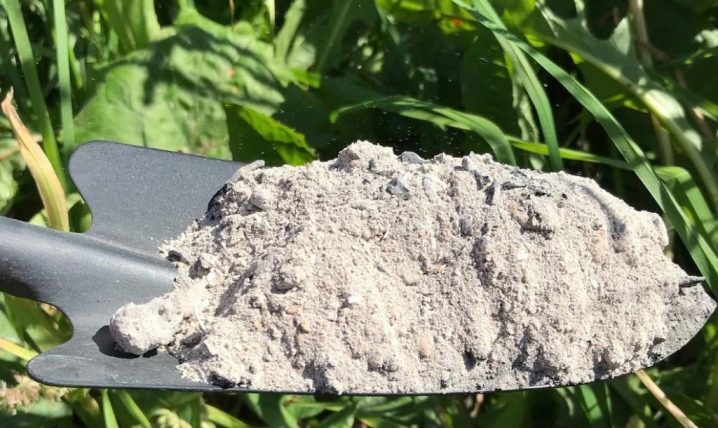
Infection spider mite looks like a small spider web on the leaves. At the same time, they turn yellow and fall off. The surface of the sheet plate can be covered with small cracks. The growth of Chinese nettles is slowing down. For the treatment of spider mites, foliage washing and increasing environmental humidity are used; you can also irradiate the plant with an ultraviolet lamp weekly for 2 minutes. Industrial insecticides can also be used.
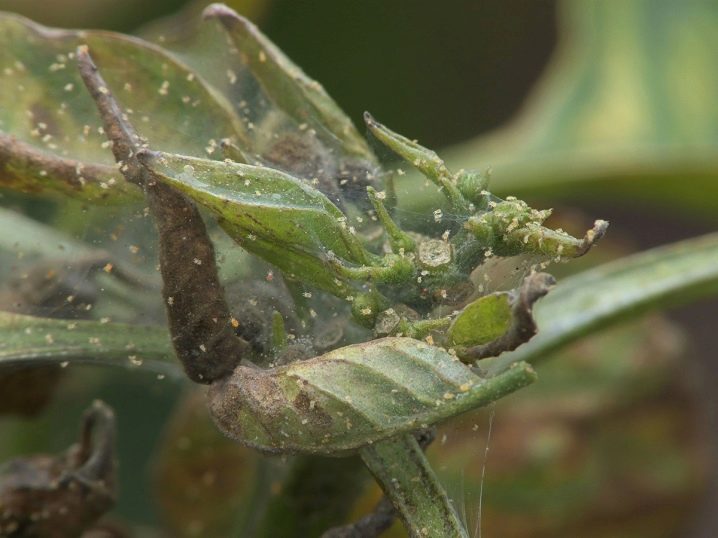
Bemeria cannot stand a draft at all. She can fade from him. Over-watering plant stems and leaves can turn brown and rot. With increased dryness of the surrounding air or burns, foliage may fall off.
Slowdown in growth and reduction of leaves of Chinese nettle occurs when there is a lack of nutrients in the soil.
Application in landscape design
Chinese nettle is a great addition to any garden. Its growth and flowering outdoors are much more expressive. It attracts many butterflies, and its decorative leaves in a rich green hue will add zest to the design of the land. Bemeria is also suitable for creating an Arabian flavor, especially when combined with plants such as ivy, asparagus, mountain ficus, aglaonema or cypress.

It can be used in a massive background at the border of the plot, along the edges of fresh undergrowth or as a hedge. Chinese nettles in a pot in the open air and in the ground under trees will decorate the landscape. The plant is a great backdrop for brighter flowering plants.
Bemeria is a fast growing shrub that is a close relative of the common nettle... Rami is loved for ease of care. However, you should monitor its growth, as it tends to grow. Therefore, choosing this type of plant, you need to take into account its features so that the effect of the neglect of the land plot does not appear.
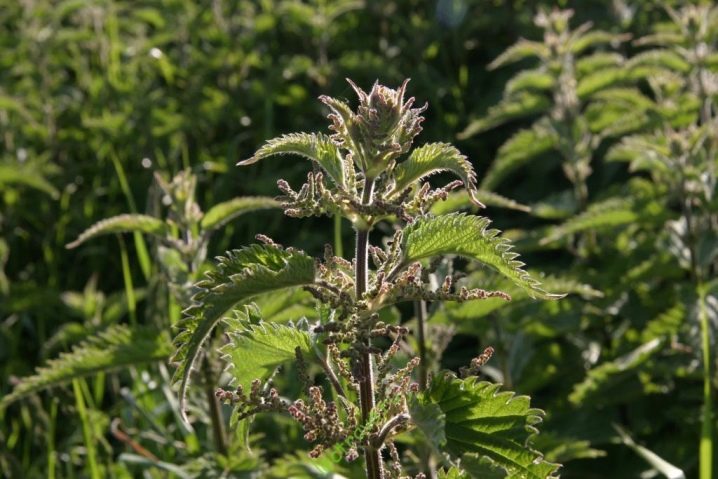
The plant is cold hardy, but it needs shelter during cold winters. A sudden change in temperature can freeze the bush.
You can buy a variety of varieties of this attractive plant at any specialty store. Thanks to the wide variety of Chinese nettles, you can choose a plant to your taste.














The comment was sent successfully.